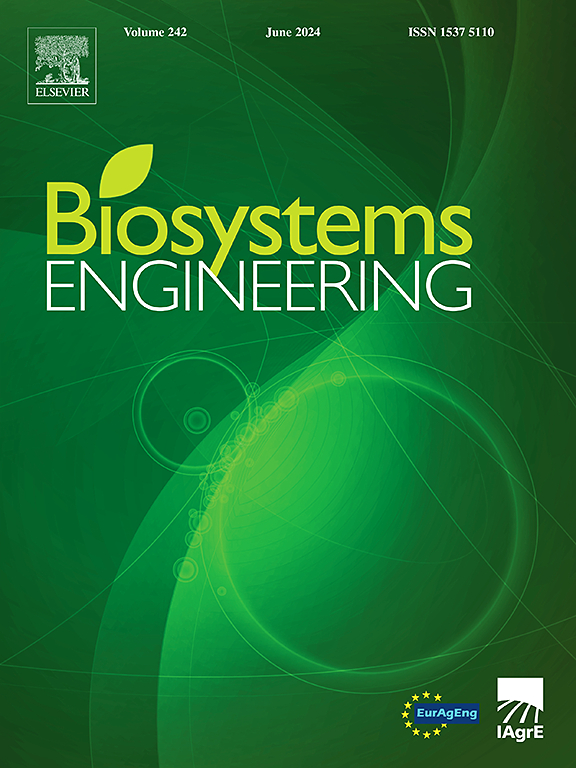Piecewise physics-informed neural networks for surrogate modelling of non-smooth system in elasticity problems using domain decomposition
IF 4.4
1区 农林科学
Q1 AGRICULTURAL ENGINEERING
引用次数: 0
Abstract
To interpret physical phenomena, traditional mesh-based methods, such as finite element method, have proven effective for engineering problems. However, as system complexity increases, whether due to larger scales, finer resolutions, or intricate geometries, these methods face significant limitations in term of computational cost and time. Complex problems, particularly those involving irregular boundaries or nonlinear behaviour, require finer meshes and greater computational power, making real-time analysis difficult. This challenge is especially relevant in agricultural systems, which are subject to high uncertainty and constantly changing environmental conditions. In this study, we proposed a method referred to as piecewise physics-informed neural networks (PINNs) to solve non-smooth problems in structural mechanics using neural networks by decomposing the computational domain. To quantitatively evaluate the performance of this method, three representative structural mechanics problems with non-smooth characteristics are employed. Results demonstrated that the piecewise PINNs provided more accurate solutions compared to conventional PINNs on these benchmark problems. Additionally, we developed a surrogate model for the non-smooth problems using piecewise PINNs without any labelled data and compared it with a model trained using deep neural networks. The proposed model outperformed the deep neural network model in cases of plane-stress problem. The results also showed that the surrogate model trained with piecewise PINNs exhibited an advantage in terms of execution time over the finite element analysis software.
求助全文
约1分钟内获得全文
求助全文
来源期刊

Biosystems Engineering
农林科学-农业工程
CiteScore
10.60
自引率
7.80%
发文量
239
审稿时长
53 days
期刊介绍:
Biosystems Engineering publishes research in engineering and the physical sciences that represent advances in understanding or modelling of the performance of biological systems for sustainable developments in land use and the environment, agriculture and amenity, bioproduction processes and the food chain. The subject matter of the journal reflects the wide range and interdisciplinary nature of research in engineering for biological systems.
 求助内容:
求助内容: 应助结果提醒方式:
应助结果提醒方式:


